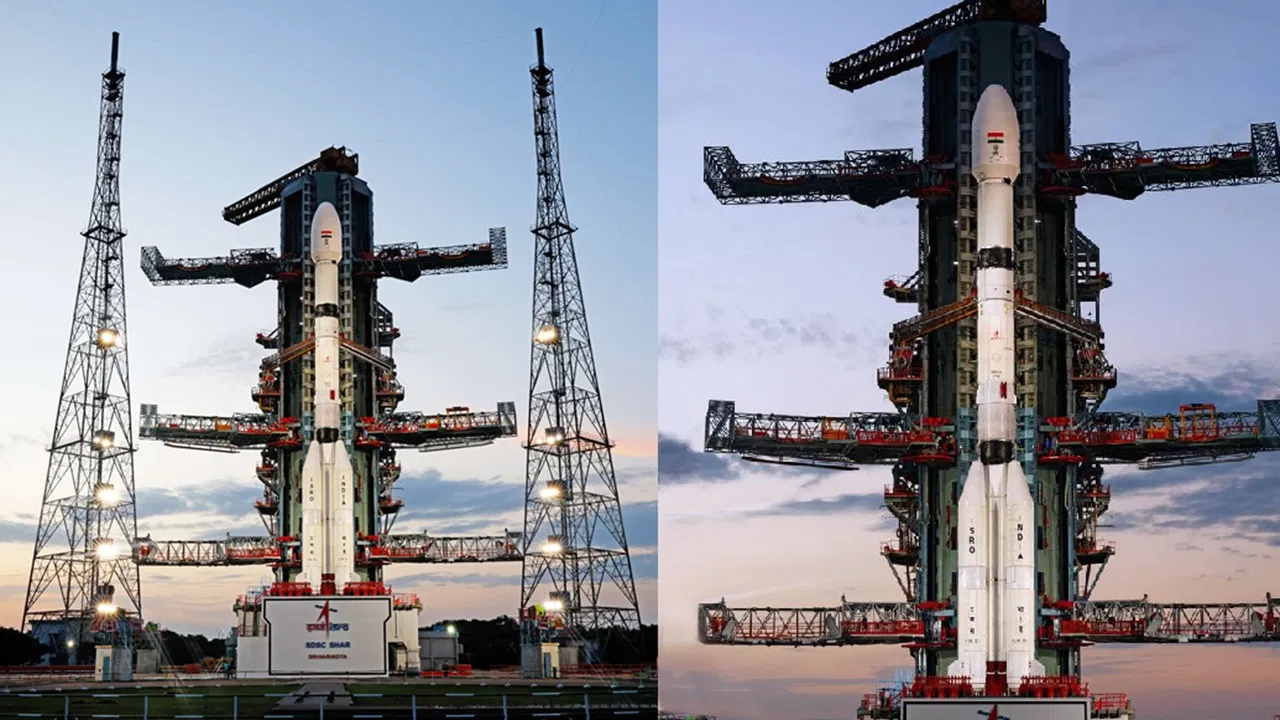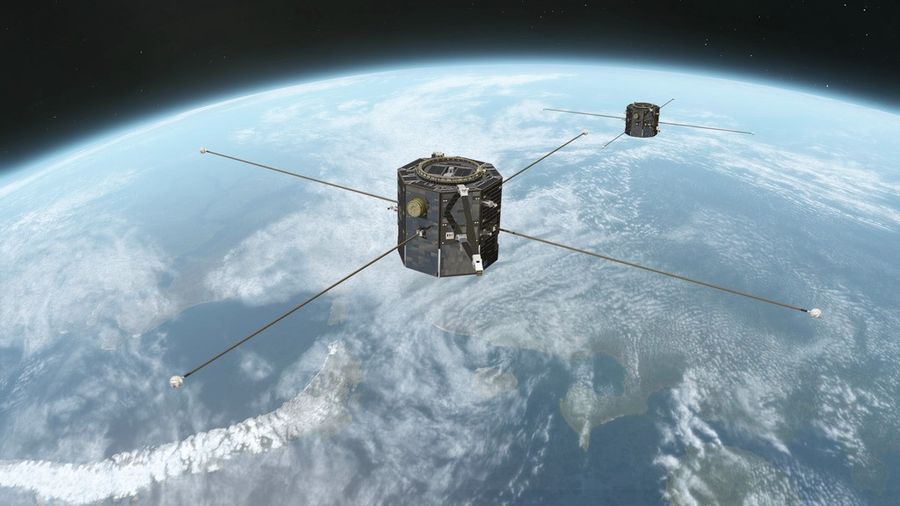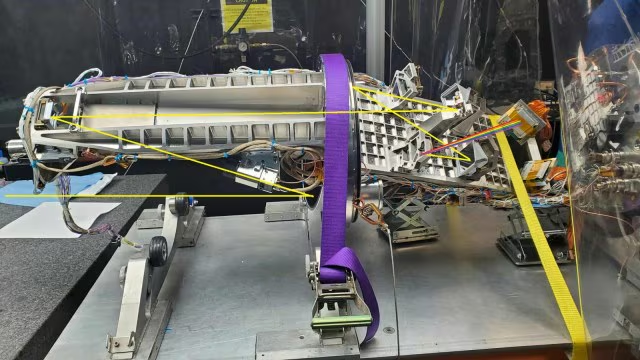Description

Disclaimer: Copyright infringement not intended.
Context
- Indian Space Research Organisation (ISRO) successfully launched PSLV-C53/DS-EO from the Satish Dhawan Space Centre in Sriharikota. PSLV-C53 will be placing the satellites in Low Earth Orbit (LEO).
Details
- The spacecraft carried DS-EO satellite, NeuSAR, a 155 kg satellite, and Scoob-1 of Nanyang Technological University (NTU), Singapore.
- This was the 55th mission of PSLV and the 15th mission using the PSLV-Core Alone variant.
- Besides placing three Singaporean satellites in precise orbit, ISRO also achieved the feat of successfully launching the PSLV Orbital Experimental Module or ‘POEM’.
POEM
About
- The PSLV Orbital Experimental Module is a platform that will help perform in-orbit experiments using the spent PS4 stage as an orbital platform. PS4 is usually a discarded, stage of ISRO’s workhorse rocket, the Polar Satellite Launch Vehicle (PSLV).
PSLV Rocket
- The PSLV is a four-stage rocket where the first three spent stages fall back into the ocean, and the final stage (PS4) — after launching the satellite into orbit — ends up as space junk.
- However, in PSLV-C53 mission, the spent final stage PS-4 will be utilised as a “stabilised platform” to perform experiments.
- So, it is the first time that the PS4 stage would orbit the earth as a stabilised platform.
Payloads
- POEM is carrying six payloads, including two from Indian space start-ups Digantara and Dhruva Space.
Navigation
- POEM has a dedicated Navigation Guidance and Control (NGC) system for attitude stabilisation, which stands for controlling the orientation of any aerospace vehicle within permitted limits. The NGC will act as the platform’s brain to stabilize it with specified accuracy.
Power requirement and other features
- POEM derives the power from the solar panels mounted around the PS4 tank and a Li Ion battery.
- It navigates using four sun sensors, a magnetometer, gyros & NavIC.

- It carries dedicated control thrusters using Helium gas storage. It is enabled with tele-command feature.
PSLV
- Polar Satellite Launch Vehicle (PSLV) is the third generation launch vehicle of India. It is the first Indian launch vehicle to be equipped with liquid stages.
- It is an expendable medium-lift launch vehicle.
- It was developed to allow India to launch its Indian Remote Sensing (IRS) satellites into sun-synchronous orbits – a service that until the advent of the PSLV in 1993, was commercially available only from Russia.
- PSLV can also launch small size satellites into Geostationary Transfer Orbit (GTO).
- Some notable payloads launched by PSLV include India's first lunar probe Chandrayaan-1, India's first interplanetary mission, Mars Orbiter Mission (Mangalyaan) and India's first space observatory, Astrosat.
Must Read:
SATELLITE LAUNCH VEHICLES: https://www.iasgyan.in/daily-current-affairs/satellite-launch-vehicles
https://indianexpress.com/article/explained/everyday-explainers/explained-what-is-isros-poem-platform-8001754/
1.png)












